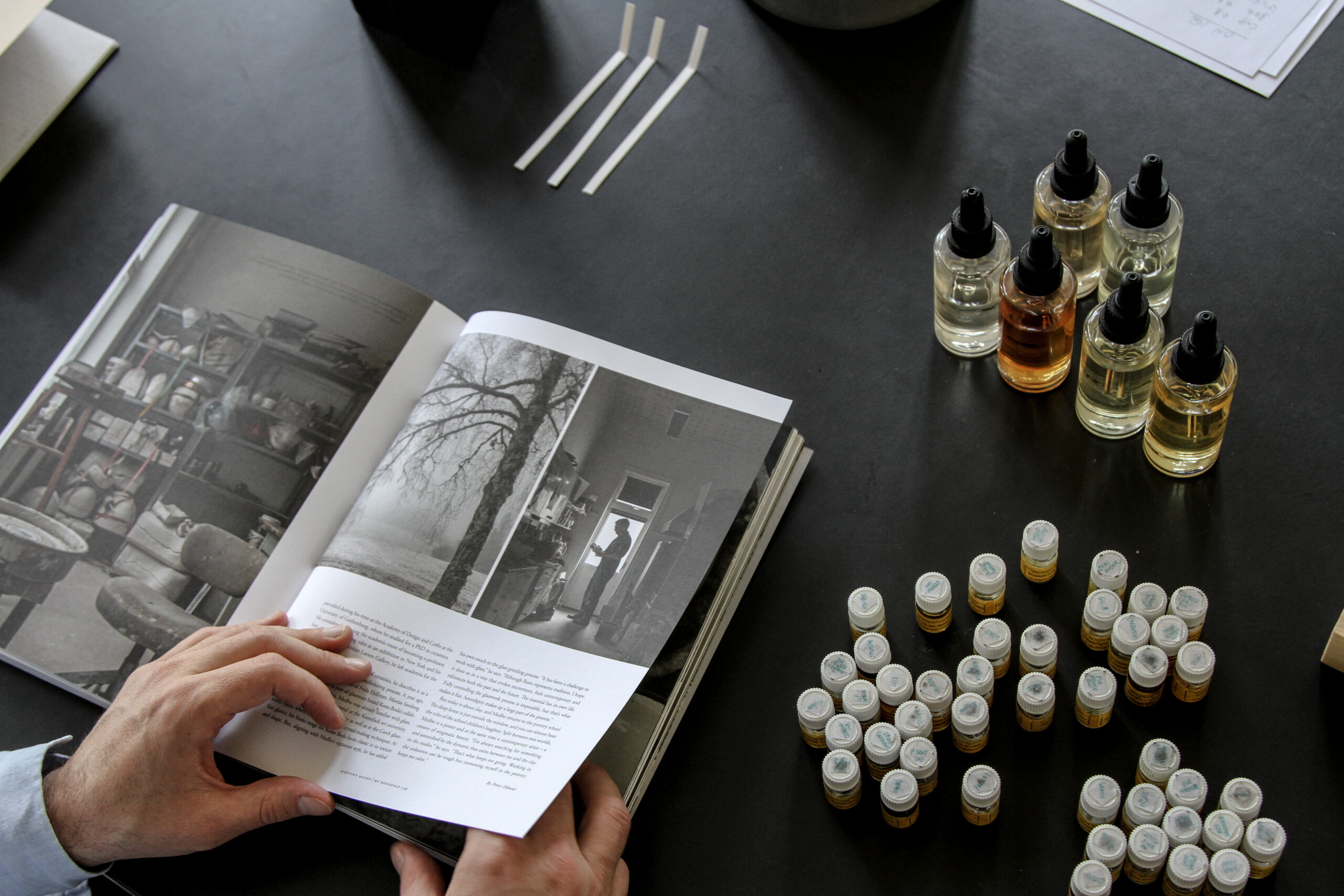 Koolhaas
Koolhaas
 Everyone, it seems, wants to meet Rem Koolhaas. In London, tourists flock to Buck House with faint hopes of catching a glimpse of HRH. But in Rotterdam, architects trump monarchy, and the winning ticket is a visit to the Office of Metropolitan Architecture (OMA) and a glimpse of Rem Koolhaas. Think that I’m exaggerating? Well, name one member of the Dutch royal family.
Everyone, it seems, wants to meet Rem Koolhaas. In London, tourists flock to Buck House with faint hopes of catching a glimpse of HRH. But in Rotterdam, architects trump monarchy, and the winning ticket is a visit to the Office of Metropolitan Architecture (OMA) and a glimpse of Rem Koolhaas. Think that I’m exaggerating? Well, name one member of the Dutch royal family.
Founded in 1975 by Koolhaas, his wife Madelon Vriesendorp and Elia and Zoe Zenghelis, OMA – with the aptly monikered Koolhaas at its helm – is responsible for countless iconic buildings around the globe including the Dutch Embassy in Berlin, the Casa da Musica in Porto and Seattle Central Library, as well as numerous influential architectural concepts and manifestos.
Koolhaas is mobbed by fans at public engagements and the practice receives more than 3,000 CVs a year from would-be team members. Staff turnover is high; OMA’s human-resources department is so busy that it has to do a monthly head count. On the day that I visited the Rotterdam office, there were a total of 220 staff from 30 countries. The average age of the staff at OMA is just 30. Most leave after two or three years to become bigger fish in smaller ponds, or to build their own ponds in the shape of a new practice. OMA operates offices in Rotterdam, New York and Beijing, with a Dubai base due to open soon.
I didn’t have a winning ticket. Koolhaas was in Dubai at the time of my visit, although I did meet some of his most ardent fans. My trip coincided with the Rotterdam art fair. When I arrived at the OMA headquarters, the “press-only visit limited to 15 persons” was overrun by more than 20 visiting art collectors and dealers who had got wind of the trip via the organisers of the art fair. The museum and art worlds worship Koolhaas. Between 1995 and 2005,
the OMA offices received tender enquiries for 34 football pitches worth of museums.
It is hard to see which has benefited more – Rotterdam from Koolhaas or Koolhaas from Rotterdam. Born in 1944, Koolhaas has undoubtedly helped to put Amsterdam’s poorer cousin on the architectural map. But the circumstances in which he grew up were arguably the making of him. The port city was flattened by the Luftwaffe during the war and he spent his childhood on, in effect, a giant building site. Koolhaas describes the Rotterdam of this era as a scene of “desperate invention” and says he loved “the chaotic adventure” and “the animation of getting things done”. Architecture, he says, “embodies the lingering hope that shape, form and coherence could be imposed
on the violent surf of information that washes over us daily”. Formative stuff.
But Koolhaas didn’t always dream of being an architect. His initial career, like his father before him, was as a journalist. He turned to architecture only in his mid-20s and he has never stopped writing. In the first 20 years of OMA’s existence, Koolhaas’s books, concepts and manifestos were better known than his buildings. The commissioners of buildings, it seems, were not ready to believe that his improbable ideas could work. Speaking to Arthur Lubow in the New York Times in 2000, Koolhaas admits that the firm struggled to stay afloat up until 1995. “We nearly bankrupted ourselves by participating in important competitions that were open to everyone, or competitions that were only partly paid,” he says. “They are life threatening, but the only potential source of future life.” In the same interview, his wife describes a bleak moment in 1989 when a major commission for a centre of arts and media technology in Karlsruhe was cancelled and Koolhaas “had to fire almost everyone, as there was no money and incredible debts”. Twenty-four staff hung on, and over the next two decades, OMA grew and grew.
It is difficult to say what was the turning point. Could it be argued that it was due in part to something such as a “Bilbao effect”? Possibly. At least in part. The governors of every city now want their own Bilbao Guggenheim, the
city’s own iconic slab of contemporary architecture that will attract hoards of visitors and turn their backwater into a destination. Why else would Koolhaas have had requests for 34 football pitches worth of museums? For
despite the fact that he regularly denounces “dazzling” and “showy” buildings, the structure that he will be remembered for is the China Central Television headquarters (CCTV) under construction in Beijing – and it is quite simply jaw-dropping.
One assumes that most of the work on this building is being done in OMA’s Beijing office, so the fact that models, drawings and photographs of the CCTV are spread through every department of the Rotterdam office reinforces the importance of the project. It is the biggest and most iconic edifice that OMA has built. There are several buildings in Rotterdam that feature tall towers with increasingly large overhangs – the most exaggerated of which look like an upside-down letter “L”. But the overhang in the CCTV building doesn’t just come out; it comes out and turns the corner as if it is making a V-sign to gravity and to anyone who stands underneath it looking up. In an earlier published interview, Koolhaas said” “We sometimes have to find out how what is not apparently possible is possible.” That is something Koolhaas and his team have certainly achieved with this building.
























